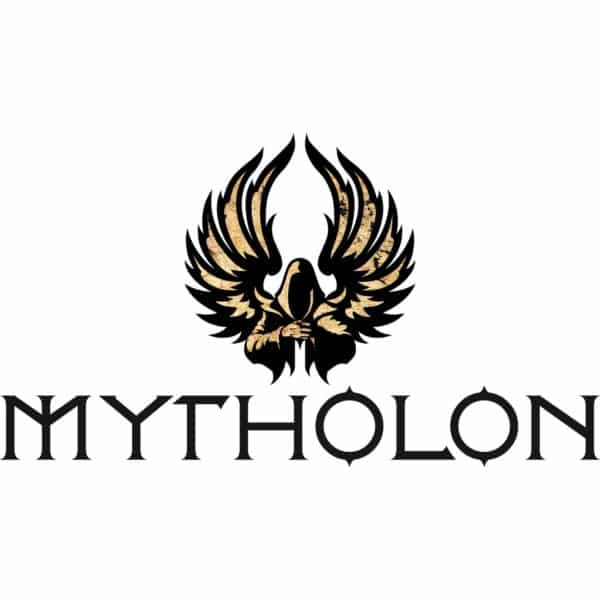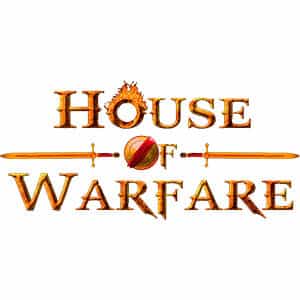All states have their founding myths. France has the legendary King Charlemagne’s crowning as Emperor of the Romans. Britain has the betrayal of King Arthur, and his long vigil on the Isle of Avalon. The United States, even, has Paul Revere on his horse. One thing that they all have in common is that they become fuzzy and indistinct under close scrutiny, with partisan clashes over historical truth and nationalist meaning. No founding mythology is so contested as that of the Kyivan Rus’ – the Slavic trading civilization who sprawling territory in Eastern Europe forms the foundational myth for the modern states of both Ukraine and Russia. Normanists, who propose the key role of Scandinavian settlers in creating this state, lock horns with anti-Normanists, who defend the Rus’ state as a wholly Slavic enterprise. Here, we shall look at the origins of two countries divided by a shared mythology.
The Bolt from the North
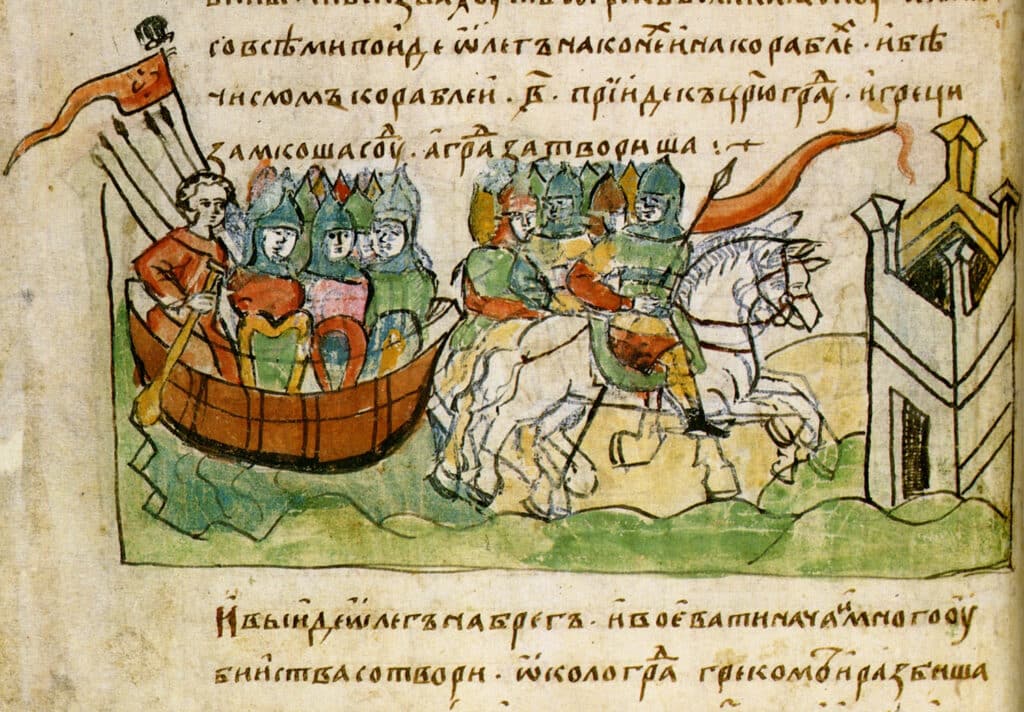
In 860 CE, sentries on the towering Theodosian Walls of Constantinopolis saw a dark cloud of rising smoke on the skyline. Barbarians from the North had dared to raid Byzantium itself, laying waste to outlying towns and islands, setting fire to churches as they went. Though they dared not attack the impenetrable walls of the city itself, their brazen raiding terrified its inhabitants. The Patriarch Photios delivered a sermon to his frightened flock, in which he spoke of “a dreadful bolt fallen on us out of the farthest North” from which a “thick sudden hail-storm of barbarians burst forth”. He called these people Rhos – the Rus’ to us today.
Such a threat could not go unanswered – but the Byzantines saw an opportunity to turn the Rus’ against their enemies. Sending missionaries and diplomats into the maze of rivers of the Eastern European interior to make contact with these ‘barbarians’, over time they developed an uneasy and volatile friendship of sorts with these mysterious pagans. Eventually, the Rus’ would exercise a pivotal role in Byzantine politics, and their fiercest warriors would become the personal bodyguard of Emperors.
The Eastern Vikings
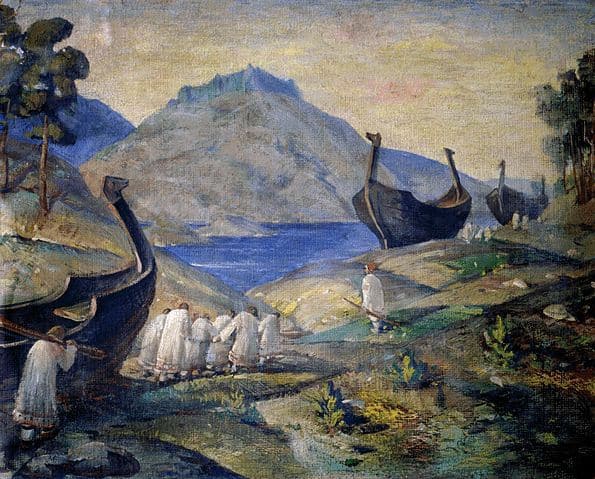
Photios’ words are some of the earliest surviving evidence we have of the Rus’ people. And this valuable external viewpoint comes at a critical time in their history. The raid on Constantinopolis coincides with the permanent establishment of the Vikings in Eastern Europe. Whilst much of our story is contested by partisan historians, there can be little doubt that in the 8th century, Scandinavian explorers, traders and raiders were heading East. The many rivers of the eastern Baltic led deep into the interior of Eastern Europe – the Volga and Dnieper were broad and easily navigable, and the region had formed a northern branch of the Silk Routes, conveying rare goods north from Constantinopolis to Scandinavia.
The Vikings’ shallow-drafted boats were perfect for exploring such places in pursuit of the Arab silver that flowed along the rivers’ trade. Early 9th century sources place Vikings in this region: several Swedes were included in a delegation from Byzantium to the Frankish King Louis the Pious, and Arab traders visiting the Volga trade routes describe those they encountered as ‘tall as a date palm, blond and ruddy’.
Between the Dnieper and the Volga

But this region was not merely some empty wasteland, populated by Viking settlers moving into uninhabited wilderness. Such narratives risk imposing the same unforgivable erasures that were committed by the British imperialists who described the anciently-inhabited Australian subcontinent as ‘terra nullius’, the empty land.The region between the Volga and the Dnieper had been home to flourishing East Slavic peoples since Antiquity. The Lake Ilmen basin was home to the Ilmen Slavs, a people whose sophisticated agriculture permitted them to carve out a fairly peaceful existence, with evidence that they fought limited defensive wars rather than aggressive expansionism. The Krivichs developed a unique jewellery style, trading extensively with the Scandinavians to the north. The Polans lived in dug-out houses, and kept bees. The Drevlians had fortified towns and a significant capital town at Iskorosten. The Vyatichi even had a prince-less society, and operated by a sort of anarchic democratic self-government.
Many of these groups paid tribute to the eastern Khazar Khaganate, who, through their allies the Volga Bulgars, attempted to control the trade routes which led up into the Baltic. Clearly, there was already a complex dynamic of empire, trade, war and peace taking place long before the Vikings arrived.
Normanists and Anti-Normanists
After a series of raids that were probably designed to ensure the Rus’ independence and trade rights, the Byzantines and the Rus’ signed a formal treaty in 945 CE. This document is a fascinating snapshot of the Rus’. Aside from the terms of the treaty, which apportion trade rights and an obligation for Rus’ navigators to aid Byzantine vessels, it contains a wealth of information if we read between the lines. It contains oaths to both the old pagans gods, and the Christian God, suggesting that the Rus’ elite was at least partly Christianized. But most strikingly of all, the vast majority of the Rus’ names, listed as ambassadors, princes and priests, are Norse in origin.
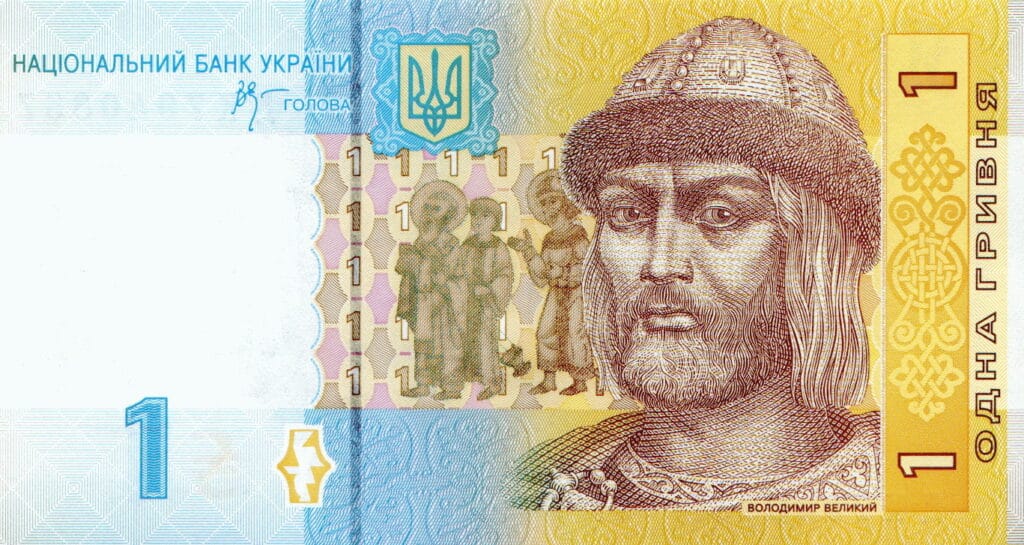
How did the lands of Eastern Europe develop from a series of largely independent Slavic tribes, into a society whose ruling-class appears to be largely Norse in origin? Was the Rus’ forcibly united by a Viking conquest? Or was it the endogenous creation of the Slavic tribes, with Viking settlers assimilating as a minority? Due to the paucity of sources, and the contradictory nature of much surviving evidence, this debate has never been conclusively settled – there is always room for ambiguity and interpretation. As well, this is no mere abstract question: if the Rus’ state was ‘founded’ by Scandinavians, then this casts doubt on the uniquely Slavic heritage claimed for the Rus’ successor states by some modern political movements.
These two opposing views have been broadly described as ‘Normanists’, who see the Norse as having formed a crucial part of the history of the Kyivan Rus’, and ‘anti-Normanists’, who posit that Norse influence was either minimal or completely non-existent in the region. The twentieth century saw these two positions weaponized by the authoritarian powers of Europe: Nazi propaganda painted the Kyivan Rus’ as a mere outpost of Germanic racial supermen, whilst Stalinist historians twisted the facts to create a Slavophilic polemic in response. Few modern Normanists and anti-Normanists, of course, seek to deploy the history in such a manner – but the debate remains charged with the real search for historical roots in a rootless world.
Nestor: Fantasist or Historian?
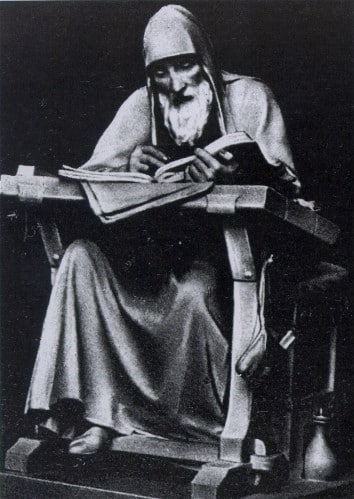
The most comprehensive source that we have for the early history of the Kyivan Rus’ is known as the Russian Primary Chronicle, and it appears to give much credence to the Normanist reading of the Kyivan Rus’. It is a compiled history which aims to give a thorough narrative of the early part of the foundation of the Rus’ – it begins by detailing the Slavic tribes of the region, and its chronology begins with the arrival of a group of Varangians (Vikings), led by Rurik. The Norsemen established supremacy over the local inhabitants, and demanded tribute from them in 859 CE. The founding event of the Rus’ state comes in 862 CE: the Slavs are constantly quarrelling between one another, and so they invite the Varangians to become neutral overlords who can arbitrate between their vassals. Rurik founds Novgorod, and two other Vikings found Kyiv in the same year.
On the surface of it, the Primary Chronicle is a rare gem of a source. It is the only near-contemporary Slavic history, traditionally thought to have been written by a monk called Nestor in the early 1100s CE, many hundreds of years after the events in question, but with vivid detail and extensive work. Many of the facts present in Nestor’s account chime with external historical sources. However, history is never that straightforward! Anti-Normanists point out that Nestor’s original manuscripts have not survived, and the only two surviving sources for the Primary Chronicle are both translated, heavily edited copies of copies that were written in the 14th century. As well, Nestor was writing at the court of Sviatopolk II, a Rus’ ruler who pursued a heavily pro-Scandinavian policy. Was Nestor deliberately exaggerating the Rus’ Scandinavian heritage in order to play to his liege’s political goals? Or have successive editors warped Nestor’s original history for their own reasons? Whilst it is a fascinating document, it should be taken with a critical grain of salt.
The Oarsmen
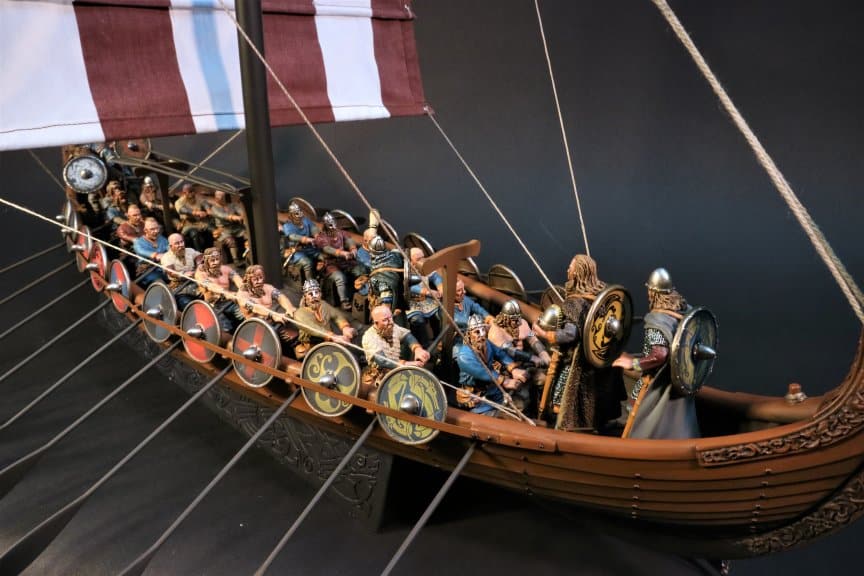
However, one important piece of evidence in favour of the Normanist interpretation is the Rus’ name itself. We have seen how Patriarch Photios used the word ‘Rhos’ to refer to the ransackers in 860 CE – this word almost always applies to those of Scandinavian descent: for example, it is used in the Annales Bertiniani to refer to the two Swedes (sueoni) amongst the Byzantine delegates to who visited Louis the Pious. There are further etymological similarities: the Old Norse for ‘those who row’ is ‘rods-’, and, as we have seen, the Vikings navigated the Volga trade routes by rowing their longships inland. Another theory involves Roslagen, the name of Rurik’s homeland of eastern Sweden.
Whilst these theories are certainly mainstream, they are not unchallenged. Anti-Normanists have proposed other theories of where the Rus’ aquired their name – from the Rusna or Ros rivers in Ukraine, from the East Slavonic Rusiy, meaning light-brown-haired, or even from the Roxolani, a Sarmatian tribe who lived east of the Dnieper in Late Antiquity.
The Past Is Never Past
A short blog post is never enough to settle gargantuan historical debates. The contested origins of the Rus’ may well never be solved – partly because it is not really a debate about the past; it is a debate about the present. The meaning of whether the Rus’ were ‘authentically’ Slavic or were imposed upon by Viking interlopers is not a question that can be proven – and its political overtones have turned it into a question of belief. The truth probably lies in a nuanced middle-ground: Norse adventurers seeking to control the flows of Arab silver were one influence amongst many in a cauldron of state formation, and they clawed their way to the top of the process, forming a ruling elite which gradually Slavified over the successive centuries – but such a boringly historical answer does not yield heroic myths of national foundation!
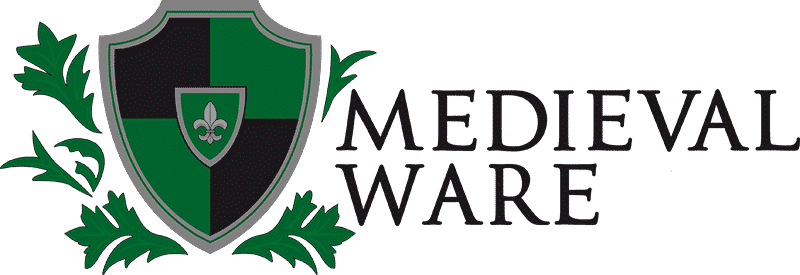
 Historical Swords
Historical Swords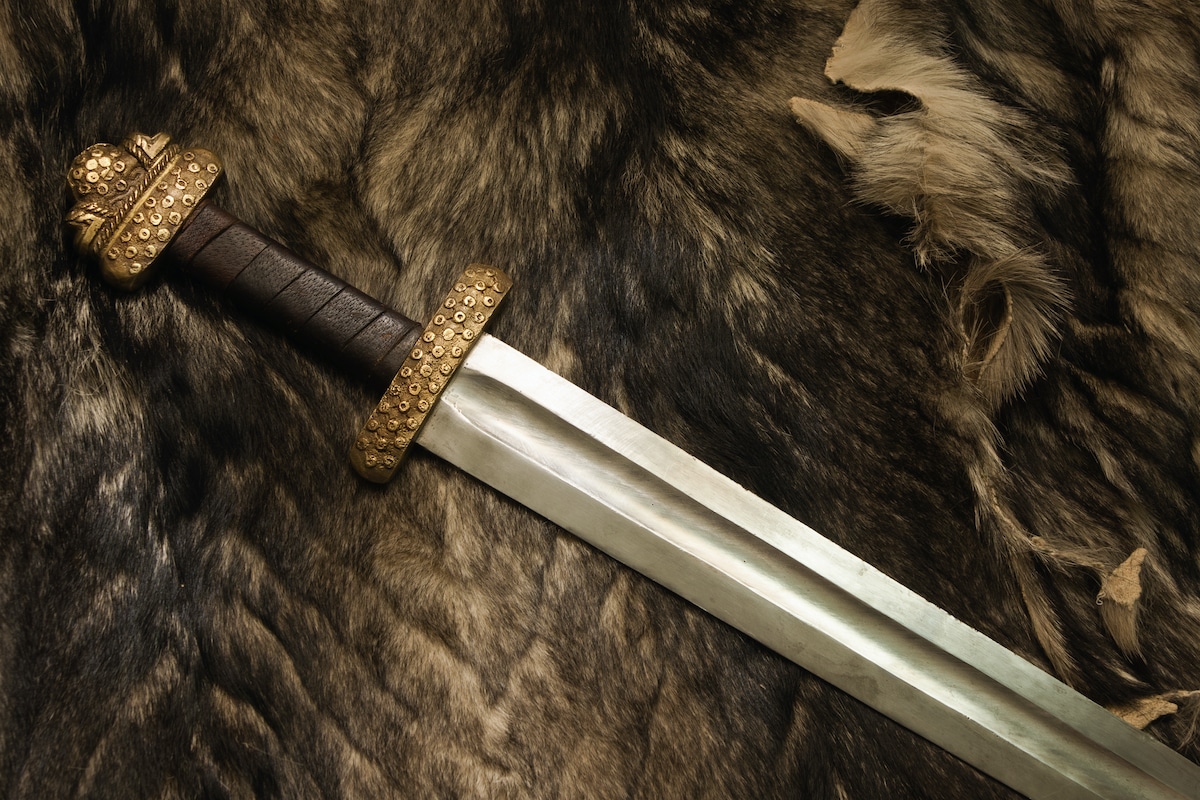 Norse & Viking Swords
Norse & Viking Swords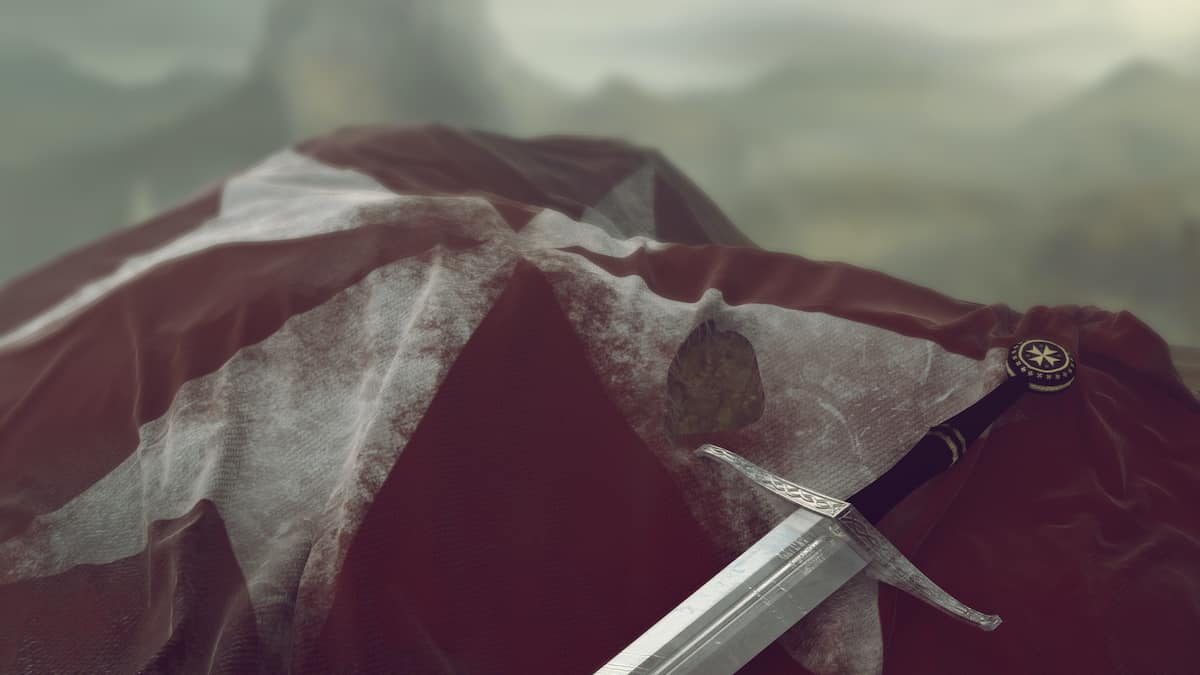 Templar Swords
Templar Swords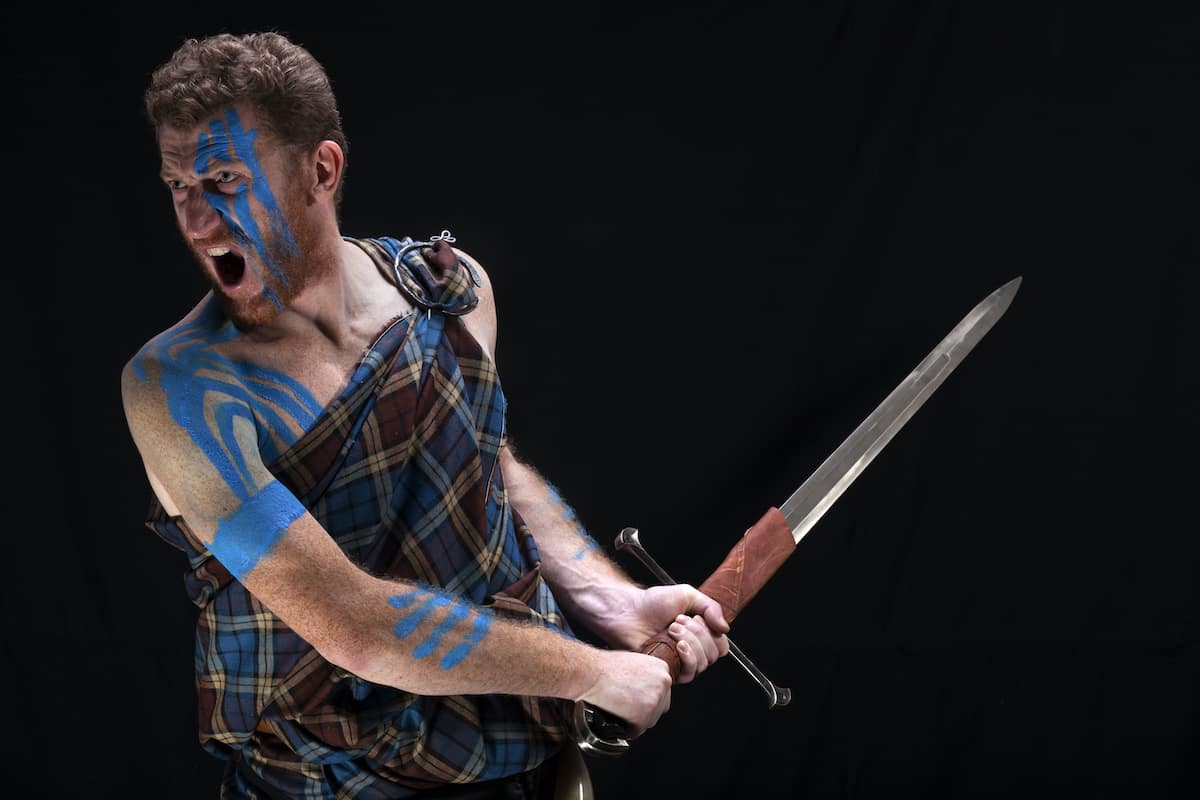 Claymore Swords
Claymore Swords Fantasy Swords
Fantasy Swords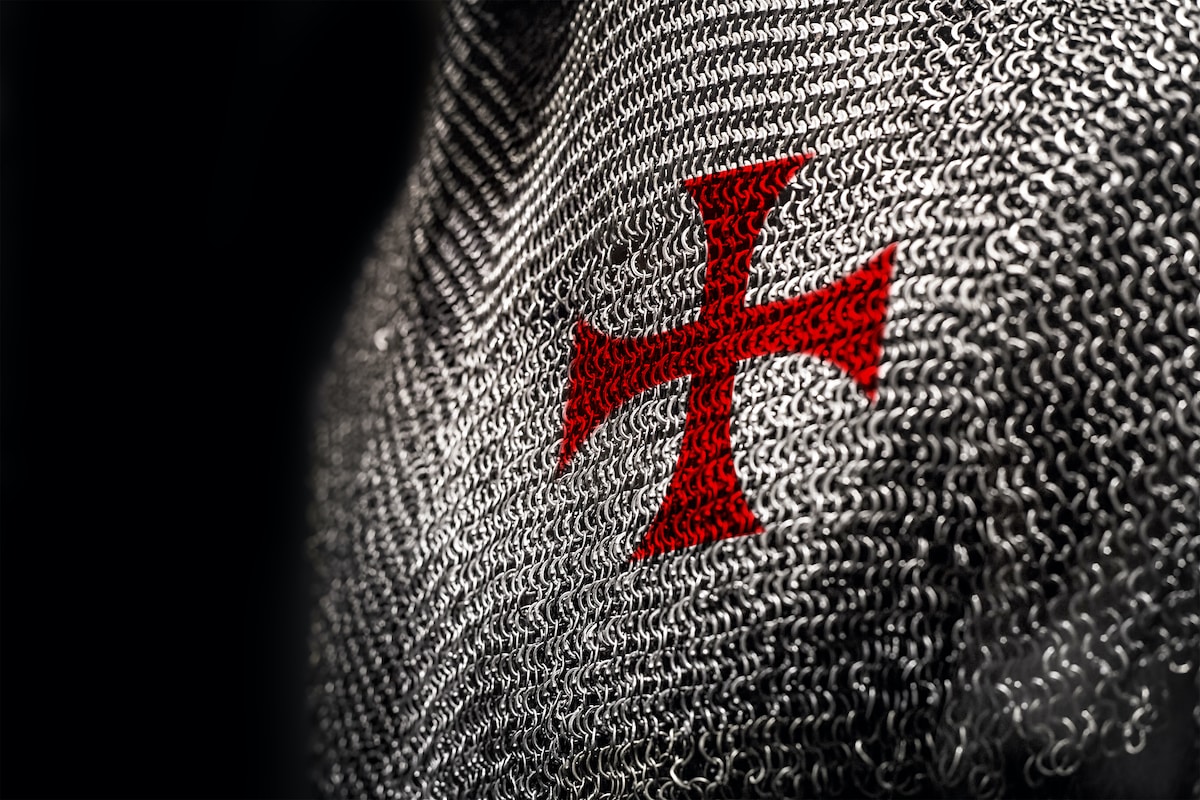 Chainmail
Chainmail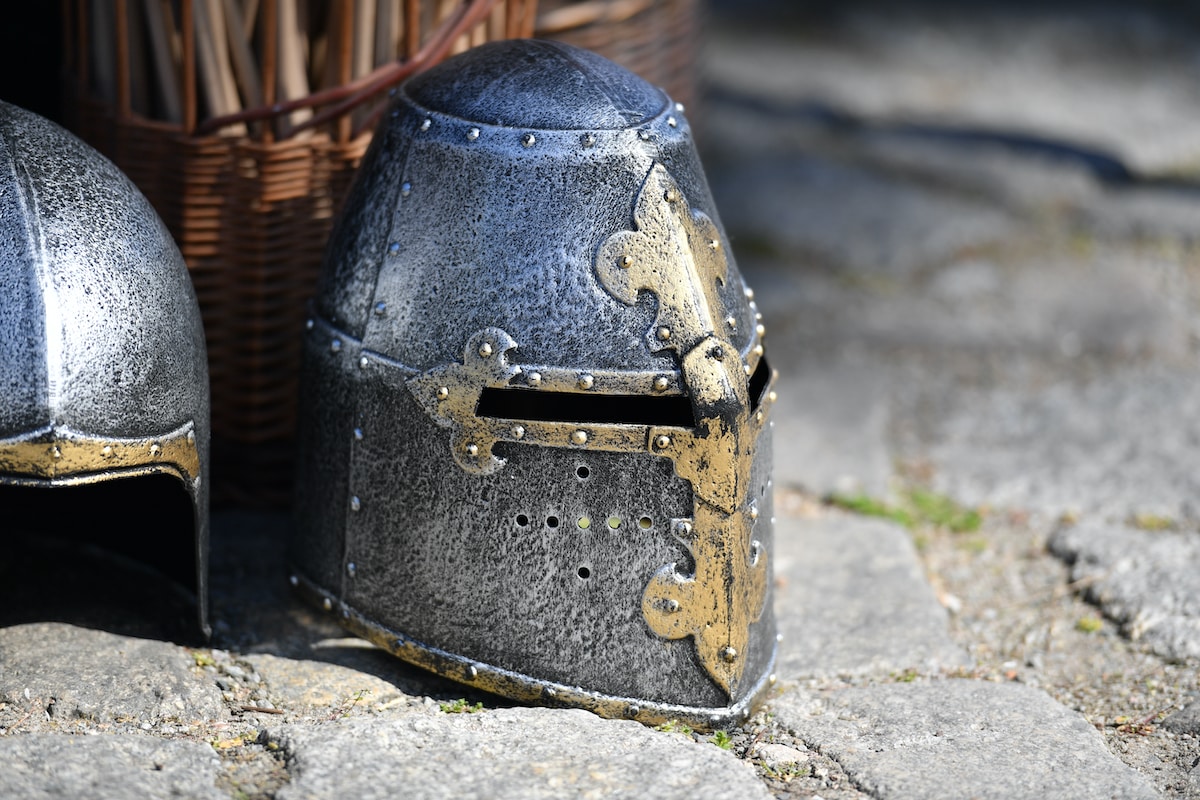 Helmets
Helmets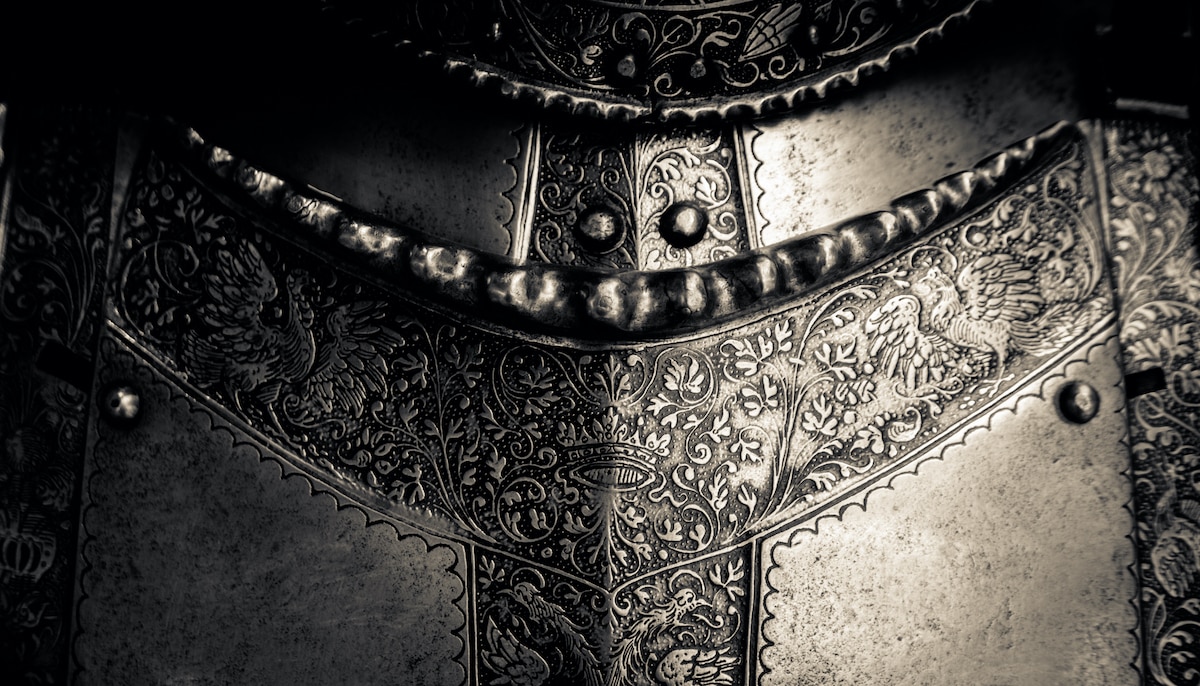 Torso Armor
Torso Armor Bracers and Arm Protection
Bracers and Arm Protection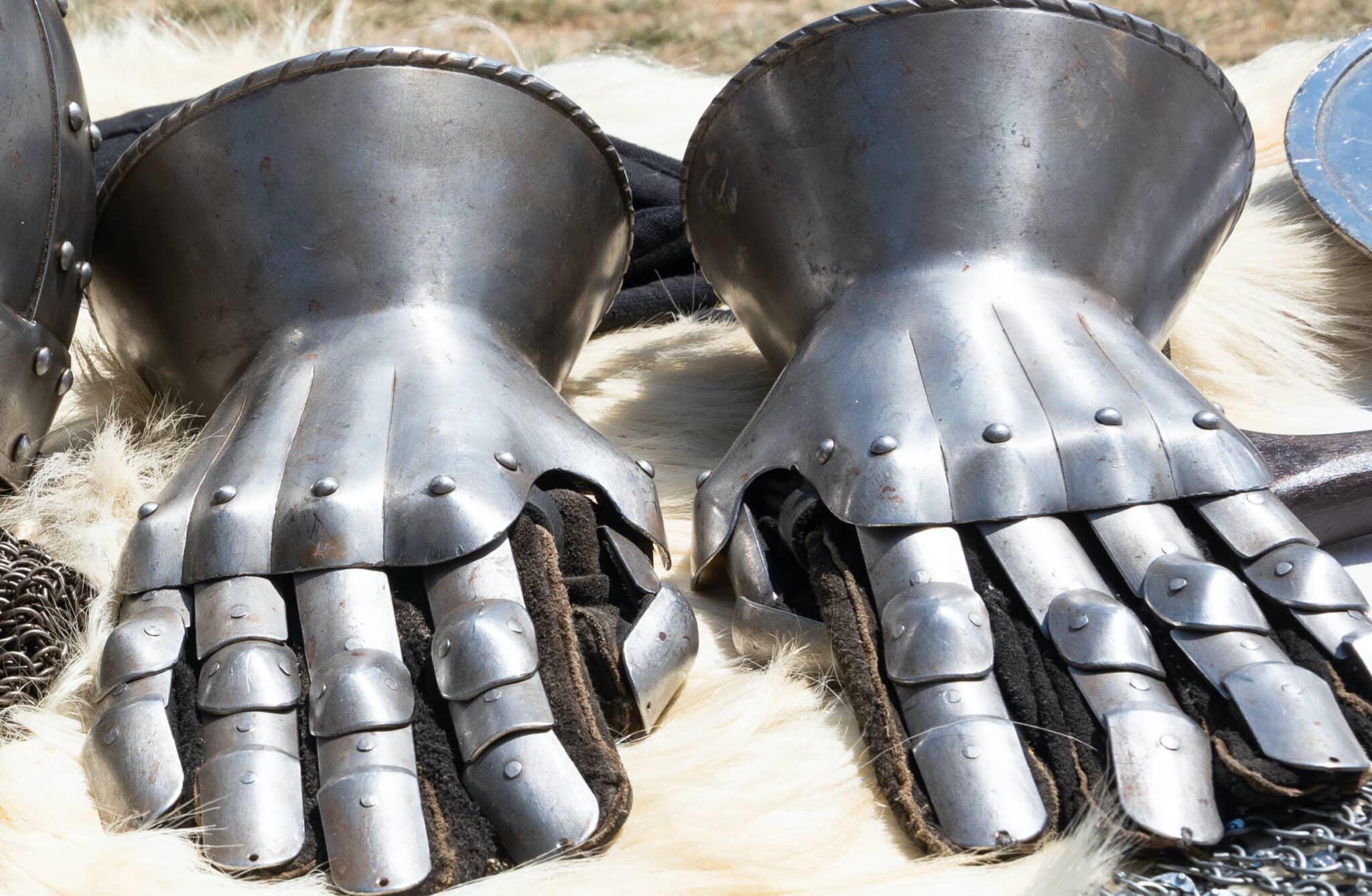 Gauntlets
Gauntlets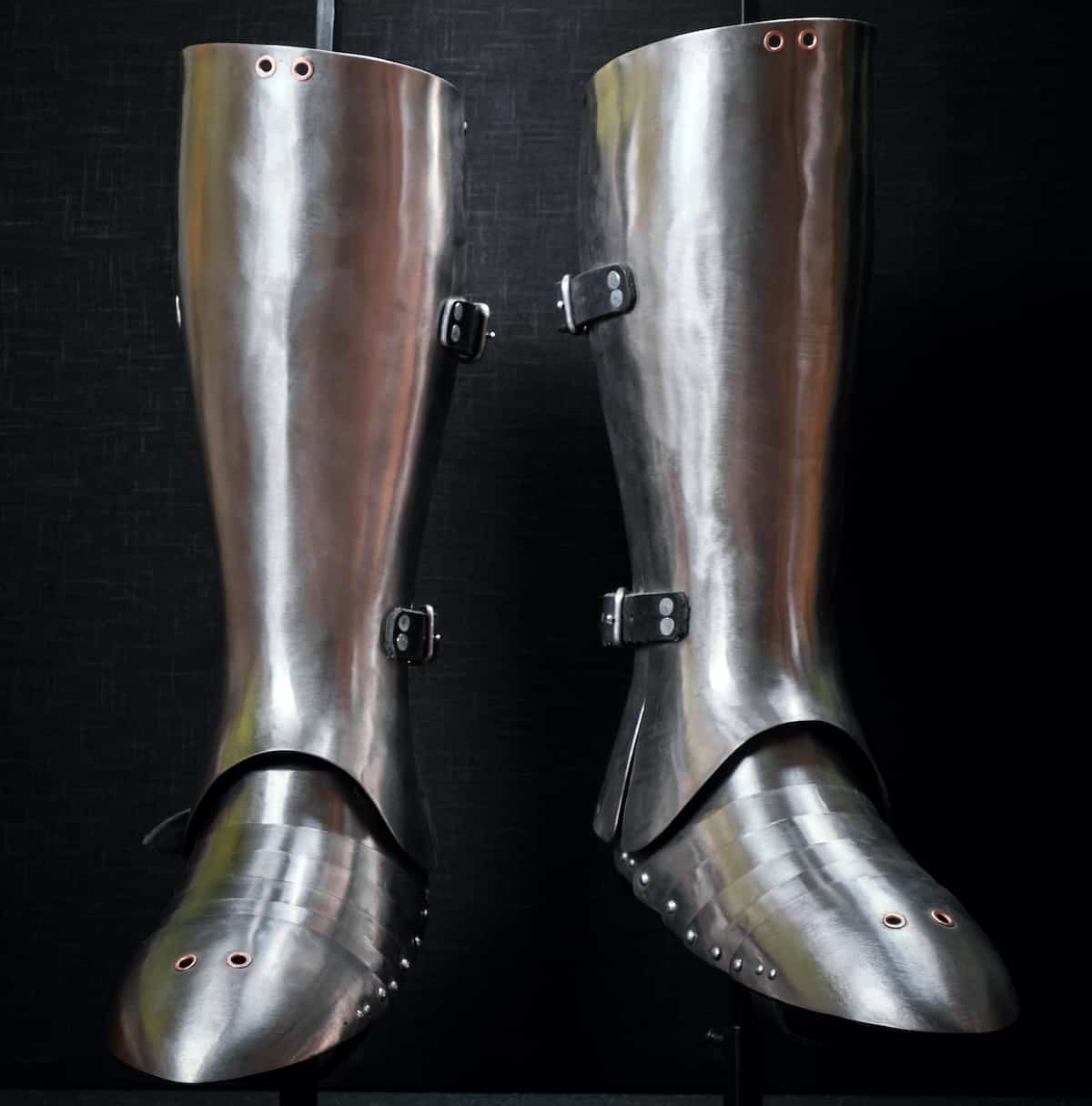 Leg Armor
Leg Armor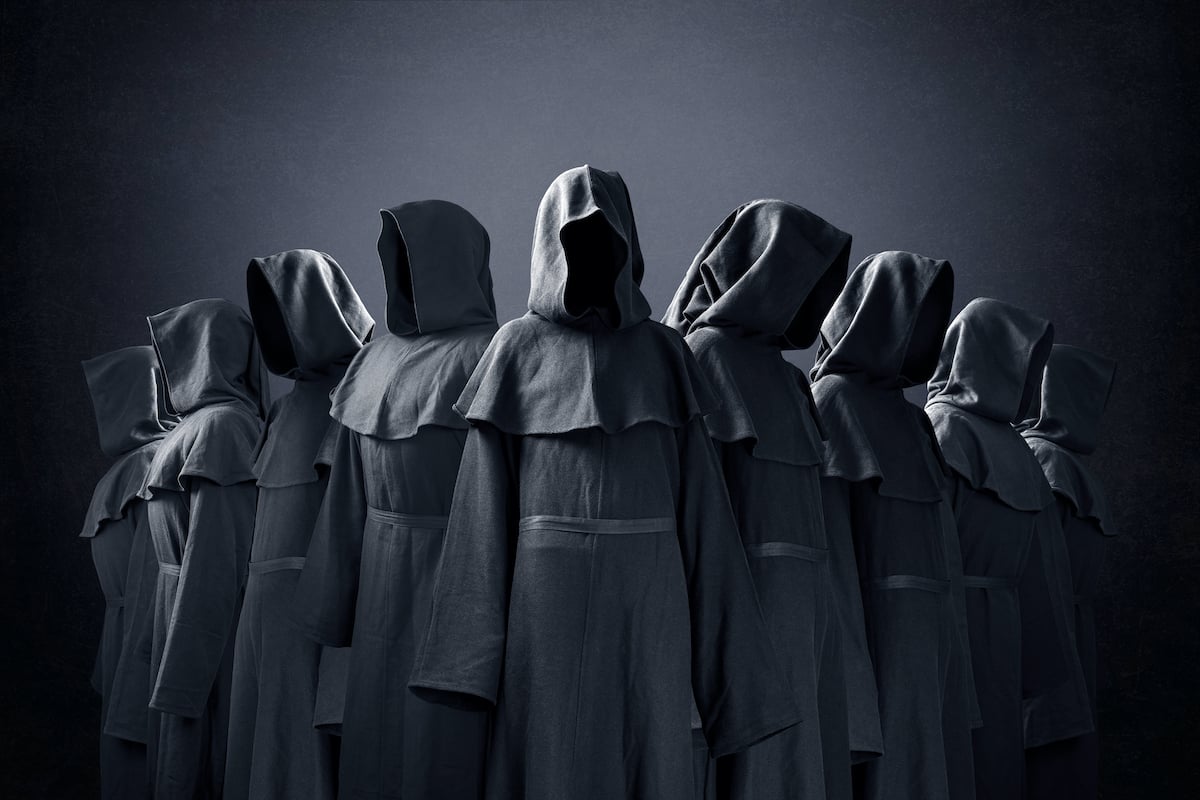 Cloaks
Cloaks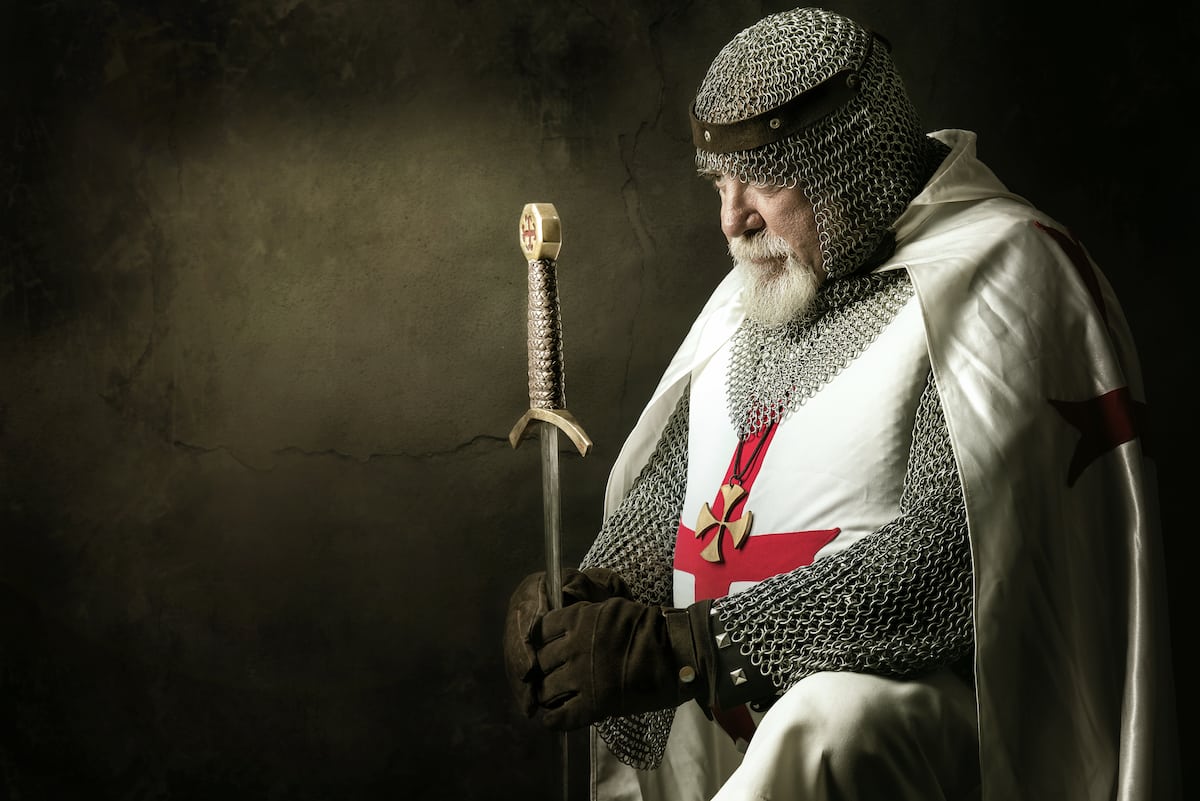 Tabards
Tabards Shirts
Shirts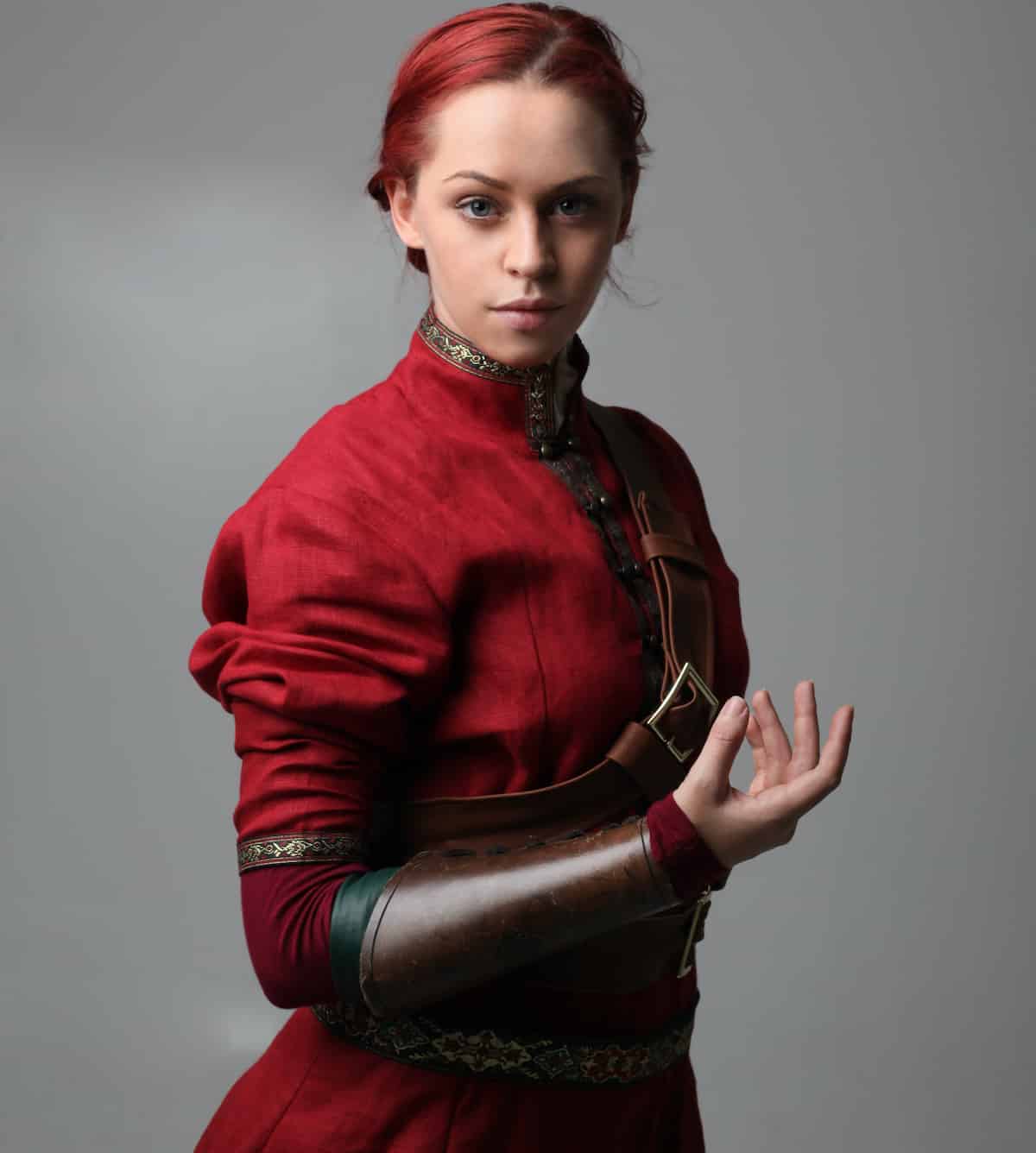 Tunics
Tunics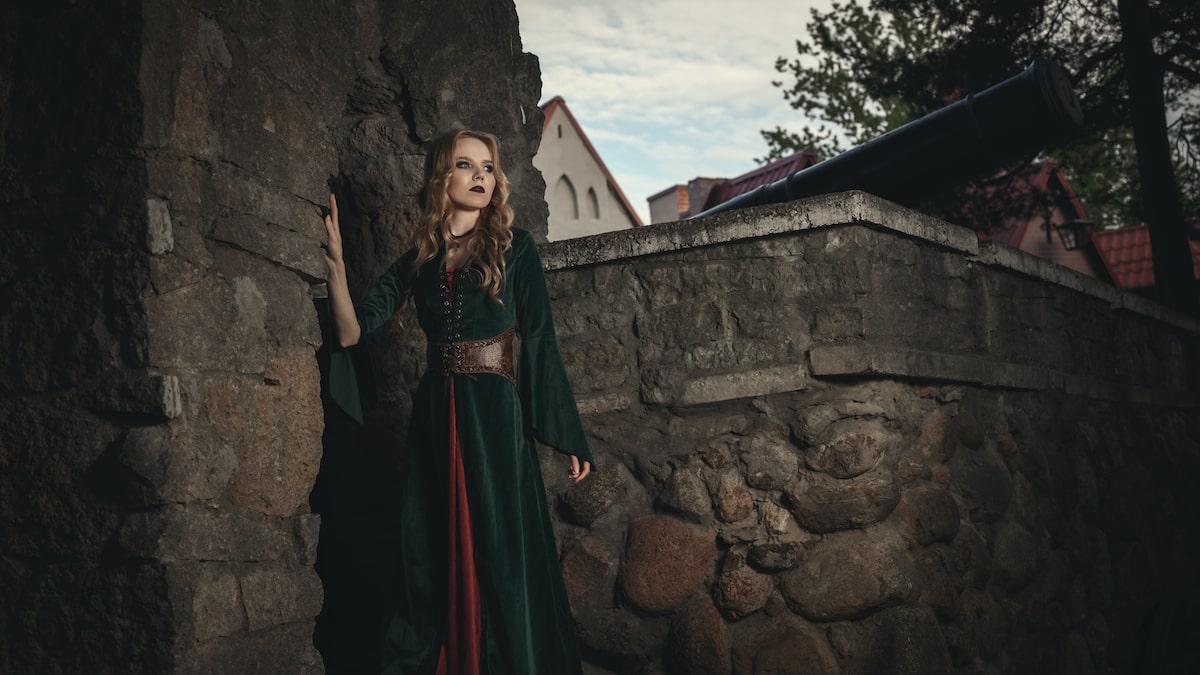 Dresses
Dresses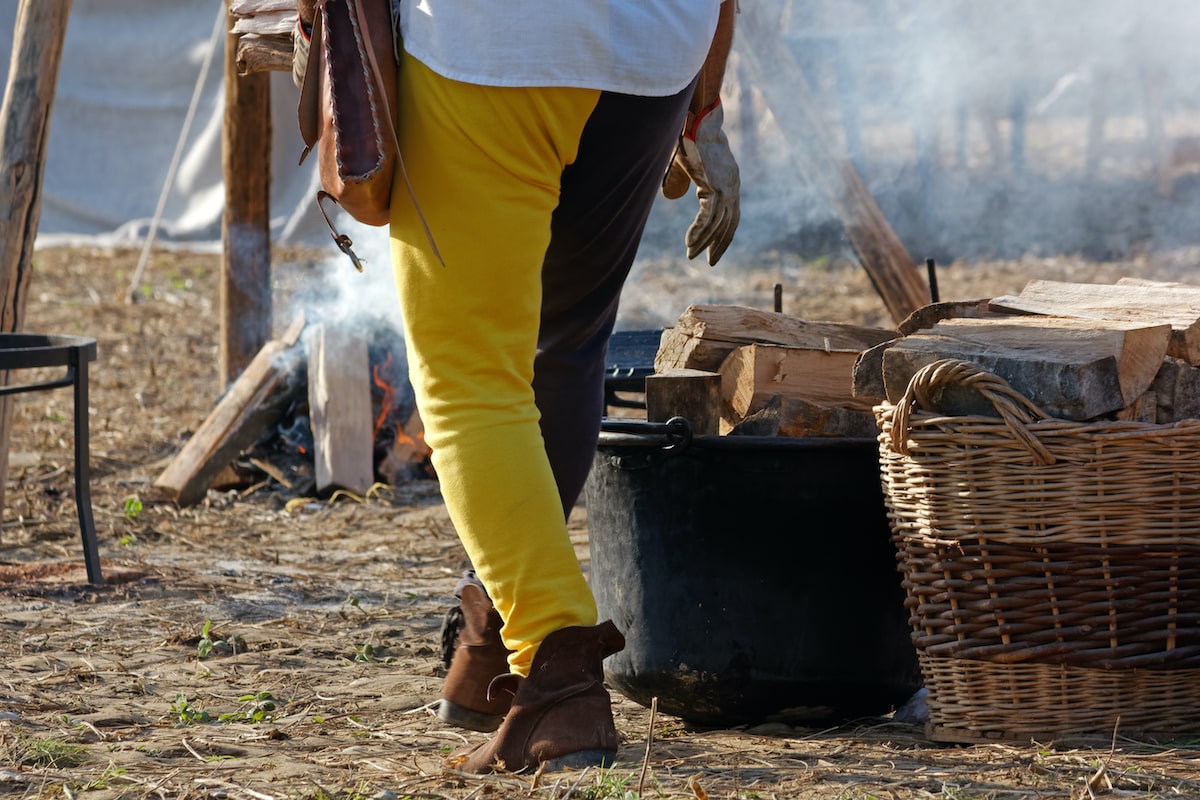 Pants
Pants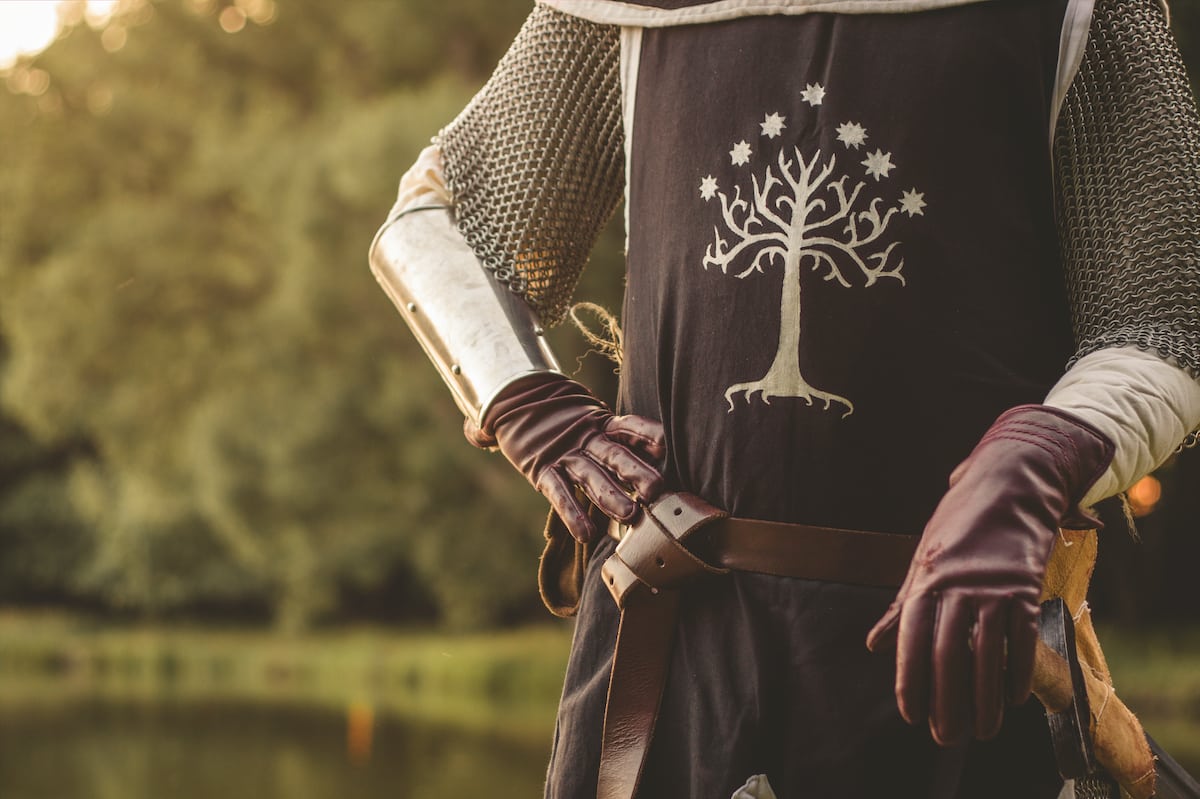 Gloves
Gloves Belts
Belts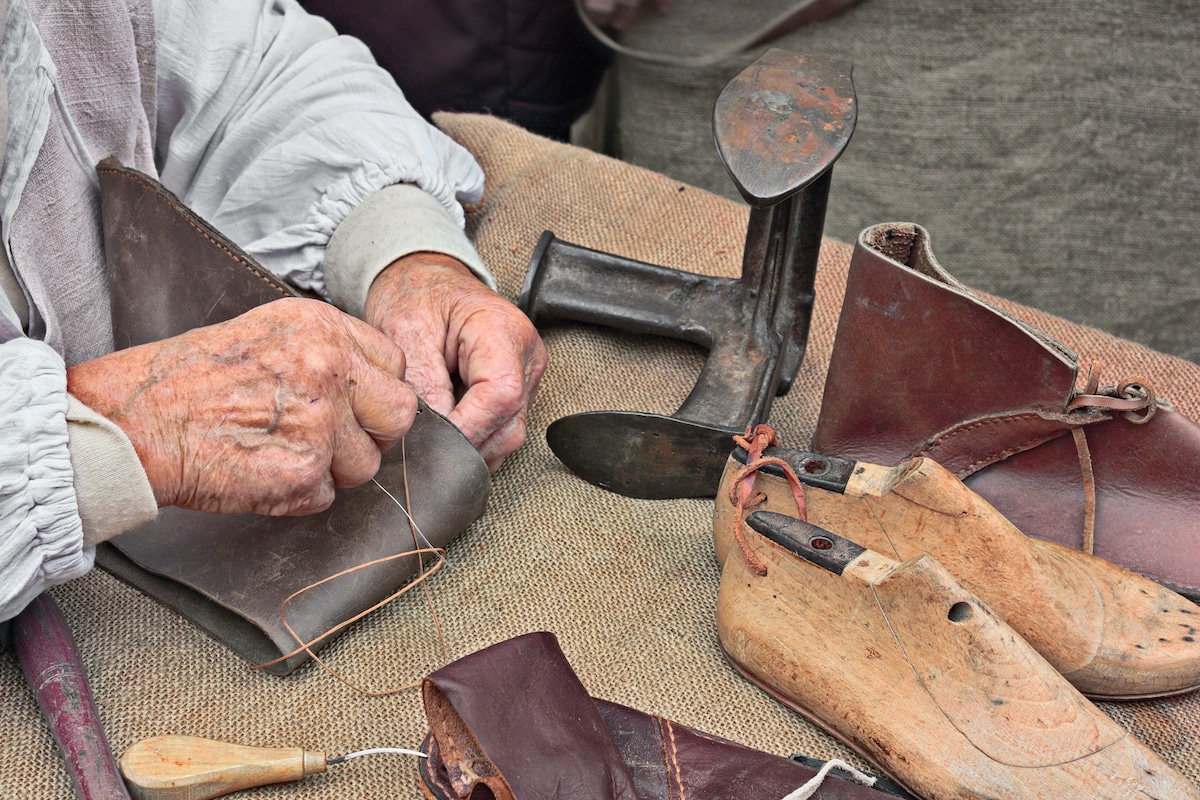 Shoes
Shoes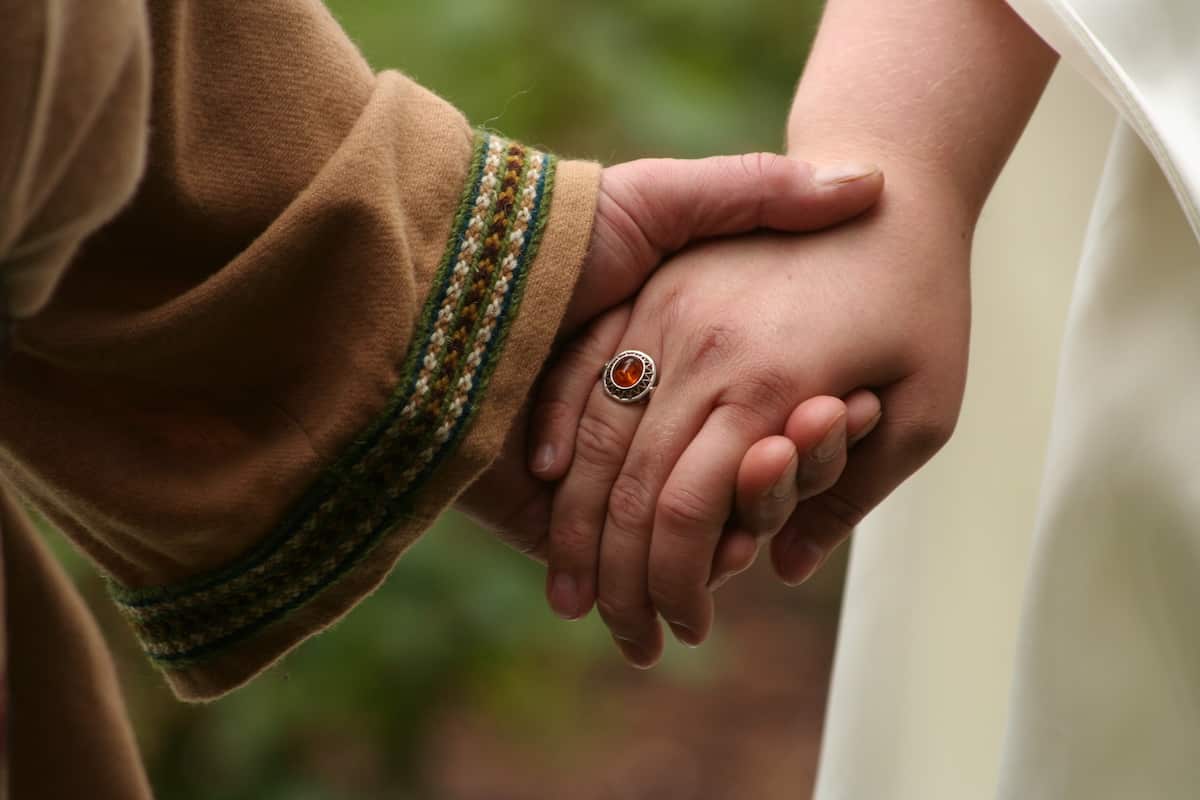 Rings
Rings Necklaces & Pendants
Necklaces & Pendants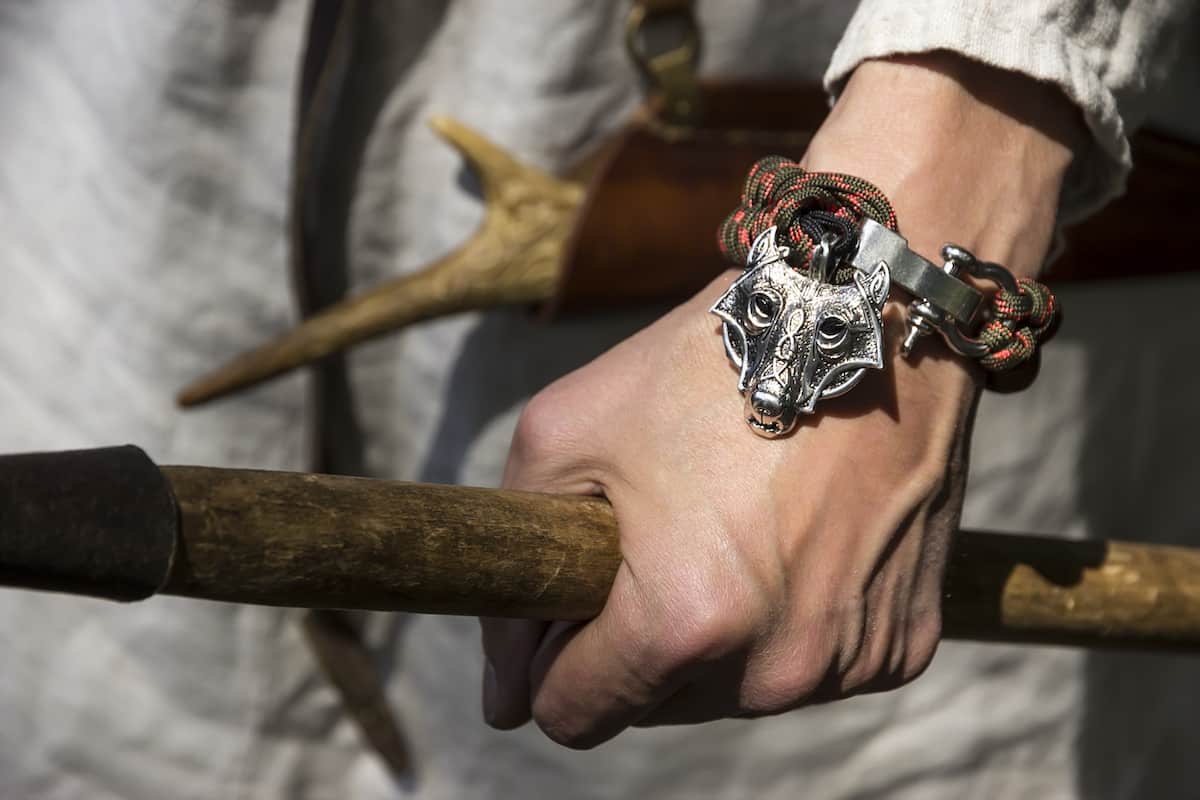 Bracelets
Bracelets